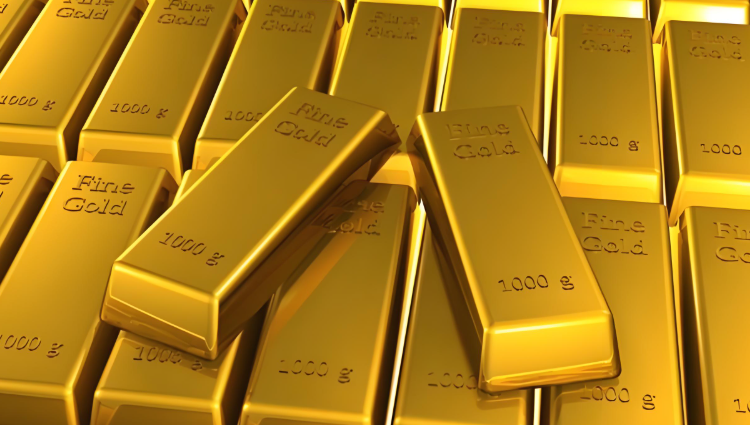The World Gold Council has recently unveiled some interesting data that reveals a compelling trend regarding global gold demand. Despite the fact that the gold industry has just concluded a year of record-breaking demand, there are no signs of slowing down when it comes to central banks around the world continuing to acquire gold. This trend is expected to persist in the foreseeable future.
In its authoritative report titled "Gold Demand Trends," released last Wednesday, the World Gold Council stated: “In 2025, geopolitical and economic uncertainties are expected to remain high. Countries face challenges in formulating and implementing economic policies amid trade frictions, regional conflicts, and an unclear economic growth outlook. Under these circumstances, central banks worldwide are likely to once again view gold as a stable strategic asset.” The unique property of gold as a store of value makes it a key option for central banks looking to optimize asset allocations and mitigate potential risks during turbulent times.
The report highlights that central banks in the past year “continued to absorb gold at a staggering pace,” which directly propelled last year’s annual gold demand to a historic high. The figures reveal that central banks purchased 1,045 tons of gold last year, valued at approximately $96 billion based on Tuesday’s prices. Among the numerous buyers, Poland, India, and Turkey prominently emerged as the largest purchasers. Poland has recently focused on optimizing its foreign exchange reserves by significantly increasing its gold holdings, thereby enhancing its resilience in the international financial markets. Meanwhile, India, as a populous nation with rapid economic development, has a growing strategic reserve demand for gold. Turkey, on the other hand, has been actively expanding its gold reserves based on a comprehensive evaluation of its geopolitical and economic development. Senior market strategist John Reade of the council remarked: “I think the biggest surprise in demand was that central banks bought 1,000 tons of gold last year, easily exceeding our initial estimates at the beginning of the year.”
However, amidst the upward trend in overall gold market demand, the gold jewelry sector has emerged as an exception. The soaring gold prices, driven by investors seeking safe havens during conflicts and the widespread lowering of interest rates by central banks, surged by 27% last year. The elevated prices have considerably increased the cost of consumer purchases in the gold jewelry segment, leading to a distinct decline in demand. The report indicates that total global gold demand grew by 1% to reach a record 4,974 tons, yet the price hike severely suppressed jewelry consumption. For instance, in China, which is a crucial gold consumption market globally, jewelry consumption plummeted by 11% to 1,877 tons, making it the main contributor to the decline in global jewelry demand, resulting in the country falling to second place behind India for the second time in three years. “China remains the largest gold market—clearly, jewelry demand has decreased significantly, but investment demand has increased,” Reade noted in an interview, adding, “The ratio between the two can almost serve as a rough indicator of China’s economic sentiment.” When the economic climate is favorable, consumers tend to purchase jewelry for ornamentation and consumption; conversely, in times of economic uncertainty, investment demand rises, reflecting fluctuations in economic sentiment.

Looking ahead, the report predicts: “We expect central banks to continue to play a dominant role in the gold market, while gold ETF investors will also be active participants in the competition.” As volatility in global financial markets intensifies, gold ETFs have attracted many investors due to their ease of trading and low costs. Additionally, “jewelry demand will continue to struggle under high gold price pressures, while we may witness a further increase in recycling demand. It’s anticipated that mine supply will remain robust.” As gold prices rise, some consumers may choose to liquidate their gold jewelry, thus driving a growth in recycling demand. Furthermore, advancements in mining technologies globally are leading to stable production levels, ensuring ample market supply.
Unlike other investors, the motivations of central banks for purchasing gold in the market tend to be more strategic. Over the past fifteen years, central banks have rarely sold gold. Decisions regarding central bank gold reserves are often based on considerations of national economic security, monetary stability, and long-term interests, making them relatively immune to the daily fluctuations in gold prices. This steady buying behavior provides essential support for gold prices, allowing the gold market to maintain relative stability amid the complex and ever-changing global economic landscape. As geopolitical and economic uncertainties continue into the future, the demand dynamics for gold from central banks and the trajectory of the gold market will undoubtedly warrant ongoing attention from market participants.

Leave A Comment